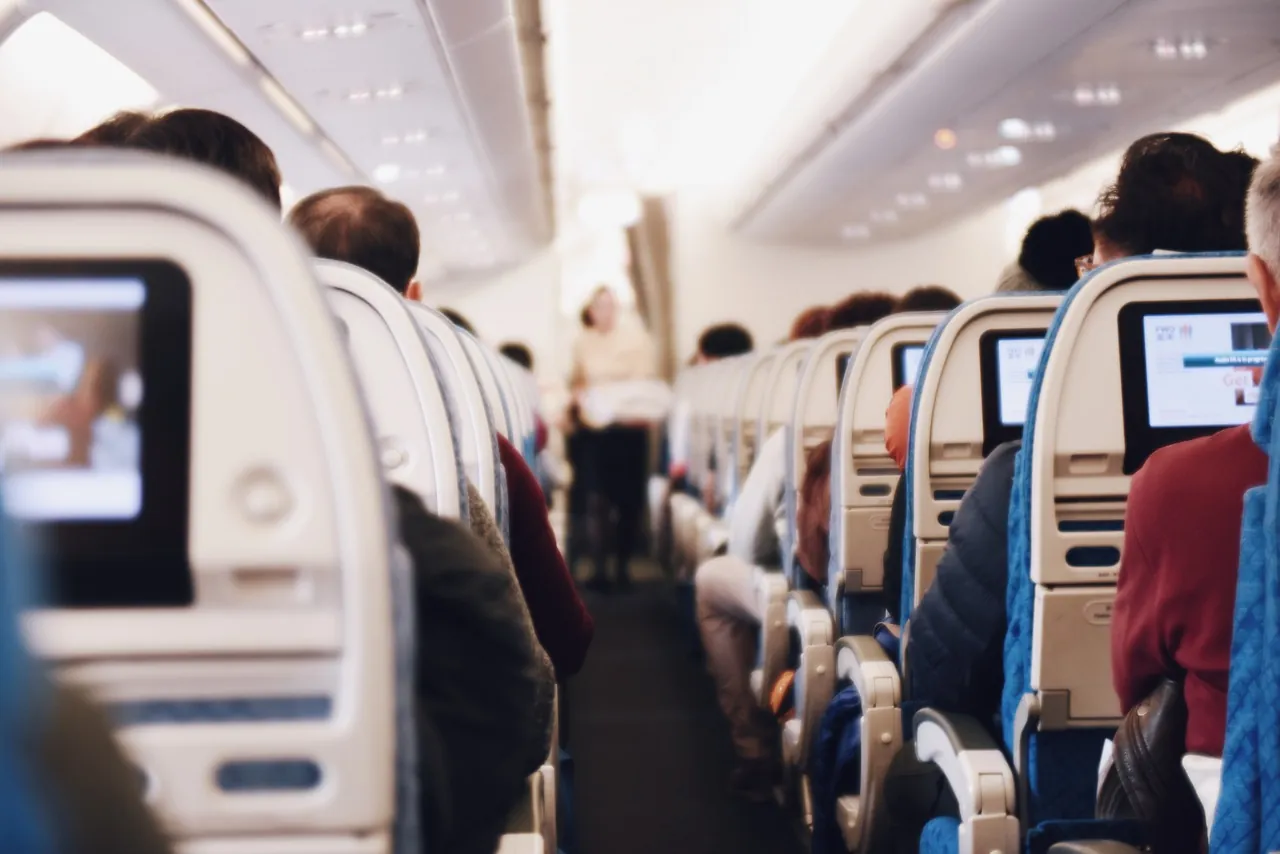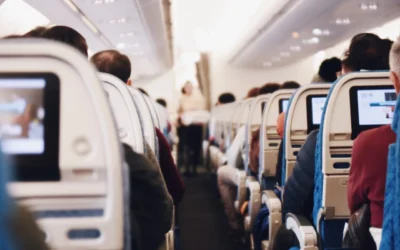The Ultimate Guide to Staying Germ-Free on Airplanes

Air travel has become an indispensable part of modern life, with millions taking to the skies for both leisure and business. However, concerns about the cleanliness of airplanes and the risk of exposure to germs have become increasingly prominent. Understanding where germs are most prevalent on planes and how to protect yourself is crucial for a safe and healthy journey.
Key Germ-Prone Areas on Airplanes
Seat Pockets and Tray Tables: A Haven for Germs
- Seat Pockets: Often used for storing personal items, these can accumulate germs from various sources. It’s advisable to minimize interaction with these pockets.
- Tray Tables: Used for eating and placing personal items, tray tables are touched frequently and cleaned infrequently. Always sanitize these surfaces before use.
Restrooms: A Hotspot for Germs
- Bathroom Handles: Both the sink and door handles in airplane bathrooms are touched by nearly every user, making them a germ hotspot.
- Toilet Seats: Regularly used and rarely sanitized effectively, toilet seats can harbor various germs.
Personal Contact Surfaces
- Armrests and Seat Belts: Frequently touched by passengers, these areas are rarely cleaned thoroughly between flights.
- Headrests: The most touched surface, headrests can accumulate germs from hair, skin, and hands.
Protecting Yourself from Germs
Hand Hygiene: Your First Line of Defense
- Regularly wash your hands with soap and water or use hand sanitizer.
- Avoid touching your face, especially the eyes, nose, and mouth, after contact with high-touch areas.
Barrier Protection
- Wearing a mask can prevent the inhalation of airborne germs.
- Consider using a scarf or neck gaiter for additional protection.
Surface Sanitization
- Carry disinfectant wipes to clean tray tables, armrests, and other high-touch surfaces.
- Avoid placing personal items in seat pockets.
Vaccinations and Health Precautions
- Stay up-to-date with vaccinations like flu and COVID-19 shots.
- Consider wearing a mask during the entire journey, especially in crowded areas like airports.
Air Quality and Circulation
- Most airplanes have advanced air filtration systems that limit the spread of airborne pathogens.
- The risk of virus transmission is generally higher in rows close to an infected person.
Staying Hydrated and Rested
- Drink plenty of water to keep your immune system functioning optimally.
- Rest well before and during your flight to maintain your body’s natural defenses.
Understanding and addressing the germ-prone areas on airplanes is essential for a safe and healthy travel experience. By practicing good hygiene, staying updated on vaccinations, and being mindful of high-touch surfaces, you can significantly reduce the risk of germ transmission and enjoy a more comfortable journey. Remember, the key to staying germ-free on planes is a combination of personal vigilance and proactive measures. Safe travels!






